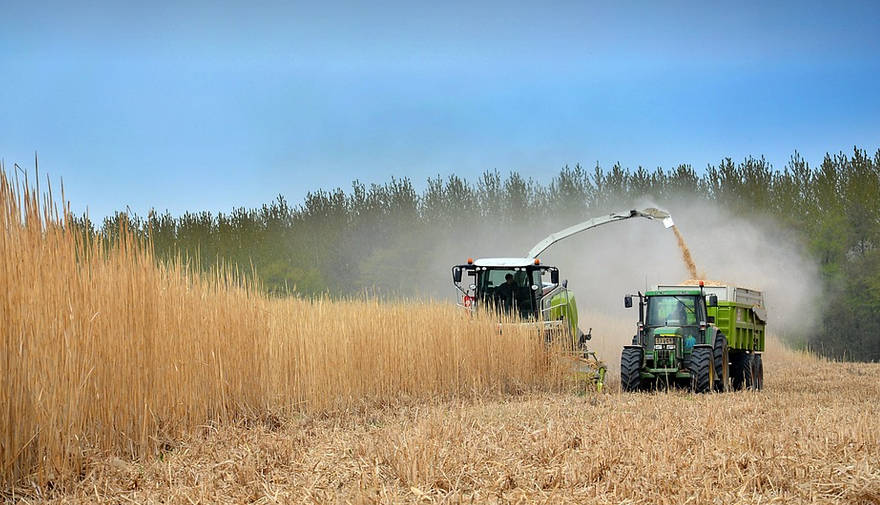Understanding the Basics of Flux-Core Welding
Welding, in its various forms, is an integral part of modern fabrication and repair, allowing us to join materials together for a multitude of applications. Among these processes, flux core wire welding has gained significant popularity, particularly when it comes to joining stainless steel. And for good reason; this method offers remarkable versatility, efficiency, and affordability.
What Makes Flux Core Welding Special?
Flux-cored wire welding utilizes a unique combination of components that contribute to its success in welding different types of metals. At the core lies a specially formulated flux-cored wire, which houses both the filler metal (the material used for welding) and a protective coating. This combined feature eliminates the need for separate shielding gas, simplifying the process considerably.
The flux within the wire acts as a vital agent in this welding process. It reacts with the molten weld pool, producing a shielding gas that protects the weld from atmospheric contaminants like moisture, oxygen, and carbon dioxide. This is crucial because stainless steel, being highly reactive to oxygen at high temperatures, can become susceptible to oxidation during welding.
Why Choose Flux Core Wire?
The benefits of choosing flux core wire for welding stainless steel are numerous: it ensures a clean and consistent weld bead; offers improved arc stability and reduced spatter; allows for greater flexibility in various welding positions, including overhead and vertical welding; and cuts down on the complexity of operation. However, like any other welding technique, there are certain aspects to consider when choosing this method.
Factors to Consider When Choosing Flux Core Wire
Before diving into the world of flux core wire welding, it’s essential to understand the critical factors that influence the choice and application of this technique. The most significant factor is the type of stainless steel involved – 304L, 316L, or even more specialized grades like 2205. Each grade has its own unique properties in terms of corrosion resistance, weldability, and heat input, impacting the selection of wire parameters and welding procedures.
Next comes the application itself. Is it a simple repair job or a structural welding project? This will dictate the thickness and complexity of the welds required. Additionally, consider your welding power source. Some flux core wires are designed to work with different amperage ranges. Knowing your welding machine’s capabilities before you begin can save time and frustration in the long run.
Flux Core Wire Welding Process: A Step-by-Step Guide
Welding stainless steel using flux core wire is relatively straightforward, but meticulousness plays a vital role to achieve optimal results. The process typically follows these steps:
- Prepping the Weld Area: This includes cleaning the base metal surfaces thoroughly and removing any rust or debris.
- Select Your Wire: As mentioned earlier, choosing the right flux core wire is crucial for success. It’s essential to select a wire specifically designed for stainless steel based on the grade of the steel used.
- Setting Up the Welding Machine: Adjust the welding power source to match the wire feed speed and amperage as specified by the manufacturer’s recommendations
- Start Welding: Begin by making a test pass at low settings, allowing you to get a feel for the machine’s operation. Gradually increase the weld current.
- Weld in Different Positions: The versatility of flux-core wire welding allows it to be used in various positions, including horizontal and overhead welds. Ensure proper support to avoid uneven weld bead formation.
- Control Weld Speed and Heat Input: Maintain a steady weld speed to prevent overheating the base metal, which can lead to defects like porosity or warping.
- Finish Welding and Clean-Up: Once completed, inspect the weld for smoothness, penetration, and any signs of damage before moving on to finishing steps. This may include grinding or grinding to achieve a smooth surface
The key to achieving flawless welds using flux core wire is maintaining consistent control over variables like welding speed, amperage, and wire feed rate. Always remember that practice makes perfect in welding.
Safety First: A Vital Consideration
Before you begin any welding project, prioritize your safety above all else. Welding involves inherent risks, and it’s crucial to take preventive measures to ensure a safe working environment:
- Wear Personal Protective Equipment (PPE): Always wear appropriate PPE, including welding helmets, gloves, and protective clothing.
- Work in Well-Ventilated Areas: Ensure adequate ventilation is provided for fumes and gases generated during the welding process.
- Have Trained Spotters on Hand: Especially when working at heights or in confined spaces, having trained spotters can be crucial in case of any difficulties.
- Follow Safety Protocols: Adhering to established safety protocols, such as those outlined in the American Welding Society (AWS) standards, is paramount in ensuring a safe and efficient welding operation.
Maintaining Your Weld Quality
Welding quality isn’t just about the process; it also requires maintaining the equipment and materials for optimal performance. Regular cleaning of electrodes and wires helps maintain their effectiveness over time. For example, regularly cleaning your electrode tip removes slag buildup that can hinder proper arc stability.
Additionally, using high-quality welding consumables from reputable manufacturers is critical. These consumables are subjected to strict quality control measures during production, ensuring consistent weld bead properties and overall performance.
Conclusion: A Powerful Technique for Stainless Steel Welding
Flux core wire welding offers a powerful solution when it comes to joining stainless steel. From its ease of use to its cost-effectiveness, this technique stands out as a great option for various applications. With proper understanding of the welding process, equipment selection, safety protocols, and maintenance practices, you can achieve high-quality welds that meet your project requirements.
